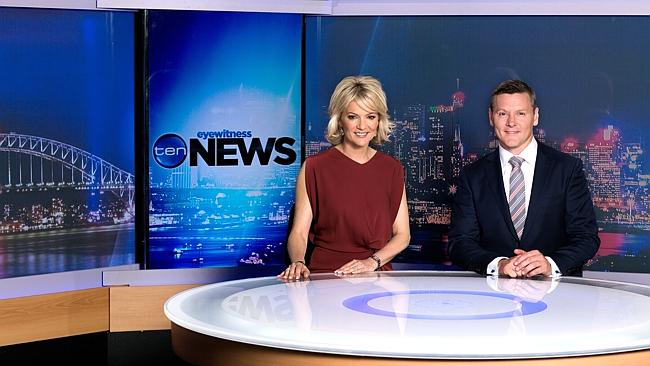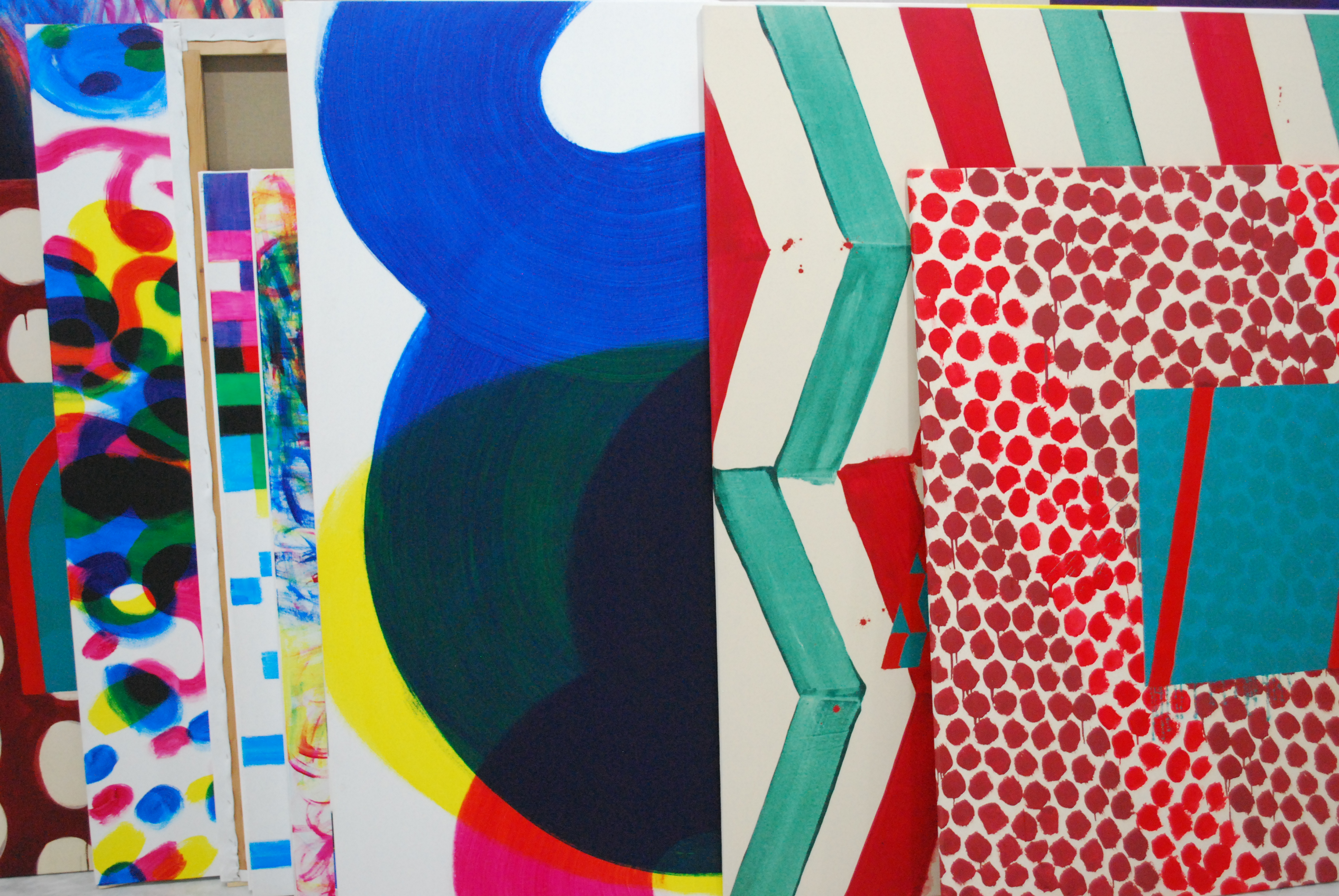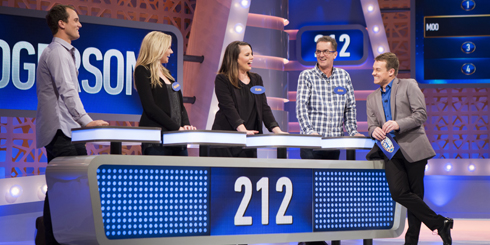It’s not about what you watch; it’s about who you watch with
At the beginning of the semester Glen asked the question, ‘what is TV?’ Several options were given including this one that surprised me:
“A social experience and set of practices associated with producing, viewing, listening, talking about, reading about, being captured by, appearing on, and being influenced and affected by television”
This reflection explores how the different people I watch television with dictate the way in which I watch. Although it’s changing, TV is a social medium and with that goes some social “rules”. Explore this through three case studies to demonstrate how my engagement changes depending on who is involved.
My time use journal didn’t really reveal a whole bunch of consistency. I watched TV in many different ways, across many different platforms. However, what was interesting to come out of the exercise was the importance that additional people had on my TV watching habits.
Family Feud with Mum
TV is a form of social glue and taste is a major ingredient. William Brooks comments on this idea of having good taste as “some kind of framework within which our choices are assigned values, both aesthetic and economic. Often the framework is social, built primarily form the judgments made by a group of our tasteful peers. Using it assures us of a home among society’s tribes; our taste both reflects and shapes the circles in which we move.” He adds, “taste helps to place us – to regulate the company we keep and to define our position”
Family Feud, or more generally the game show, would be considered low culture in comparison to say, House of Cards.
I watch Family Feud with my mum as often as I can. However we interact with it very differently to how we interact with House of Cards. We laugh at how bad the contestant’s answers are and their poorly-told stories and we scoff at Grant Denyer’s terrible, cringe-worthy jokes.
Mum and I take analternative fan positions. We find a way to engage with low-culture by hate-watching the show so that we don’t offend “our tasteful peers”, even if that is each other.
Ten Eyewitness News with Grandma
 Earlier this semester my grandma came to stay with us. During this period, many nights I watched several news bulletins in a row on live, free-to-air TV which proves that in a post-broadcast era, traditional broadcast TV is not (yet) dead.
Earlier this semester my grandma came to stay with us. During this period, many nights I watched several news bulletins in a row on live, free-to-air TV which proves that in a post-broadcast era, traditional broadcast TV is not (yet) dead.
Communication Facilitation is ‘the program being watched creates an immediate agenda for talk where there may otherwise be none’. Watching the news with my grandma offered an opportunity to find common ground and conversational agenda. It was an easy way for me to socialize with some I otherwise wouldn;t
Ten Eyewitness News, branding, ‘First at Five’.
When my grandma left, much of my TV viewing on a tradition TV screen ceased.
Nathan for You with my Boyfriend
 With TV is now in a post-broadcast era, one in which we control the schedule. Much of my TV viewing is done in my bed on my 13 inch Mac. I decide, when, where and how I watch.
With TV is now in a post-broadcast era, one in which we control the schedule. Much of my TV viewing is done in my bed on my 13 inch Mac. I decide, when, where and how I watch.
In his writing, John Ellis claims ‘If programmes are the building blocks of television, then the schedule is its architecture, defining the edifice that gives meaning to each programmeblock’, or ‘editing on an Olympian scale’. He implies here that, scheduling is very much is a constructed and dictated by broadcasters. Sorry John but your paper from just five years ago is now (fairly) redundant. Scheduling is no longer by broadcasters, instead the audience are in charge.
The availability of TV shows just few clicks away, I am able to create and dictate my own schedule. Online distribution such as Netflix, or simply illegally downloading torrents allow you to watch almost anything whenever you like.
This implies that we have total freedom, but now when there is shared viewing there is an etiquette around scheduling. My boyfriend and I have rules in order to be on the same “schedule” we watch at the same pace in order for TV to remain a social media. Break that “rule”? Big trouble.
This example and the others listed above prove that that TV for me is a social medium. Although how we interact with it is changing constantly, but what has stay a constant is that it is a cultural medium, with practises around it, and I don’t see that changing any time soon.
Brooks, W. (1982). On being tasteless. Popular Music, 2, p.9.
Ellis, J. (2000). Scheduling: the last creative act in television?. Media, Culture & Society, 22(1), pp.25-38.
Lull, James. 1980. The Social Uses of Television. Human Communication Research Vol.6(3), pp.197-209

